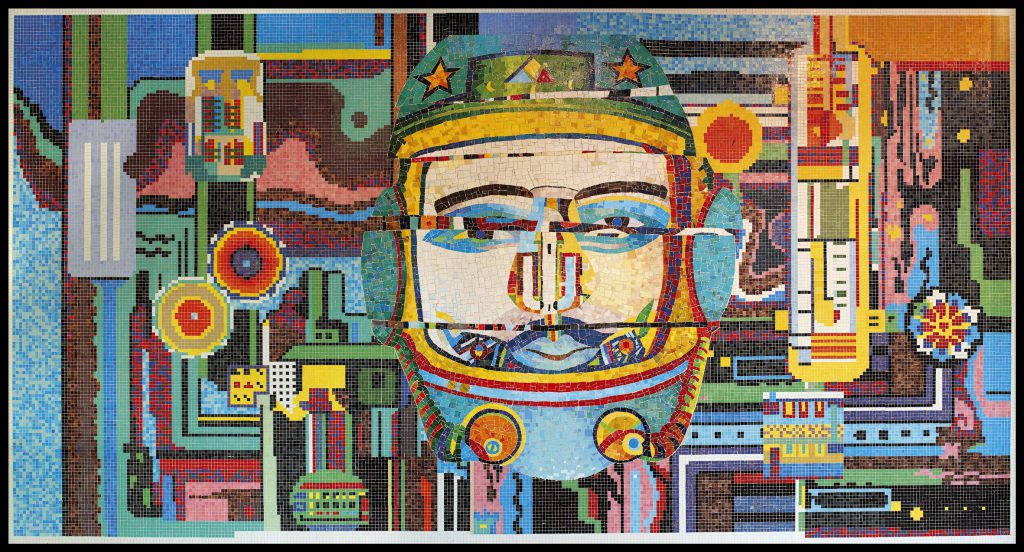You’ve come across an advert for (what sounds like) an exciting job, in a museum or gallery where you’d love to work. So, how do you ensure that you secure an interview for it? One of the answers: use the space on your CV wisely. This is an opportunity to market yourself as the right candidate for the role. Here is my guide to getting started on curating the perfect arts CV template.
Analyse the job description / person specification
The job description and person specification will show you who and what the organisation is looking for. With highlighter to hand, mark the most important skills, personal characteristics, qualifications and experiences that are being asked for. The job description will usually include an overview of the organisation (and you should also research this independently): take note of keywords and the values which are mentioned.
Each job will require a tailored CV
Next, match your CV to the criteria you have identified above. You will have to change your CV for EVERY role you apply for, pointing out to each employer what makes you the perfect fit for them. Echo the same language and terminology that they have used in their statements (without copying it word for word, obviously).
Suggested CV format
Header
Name and contact details. Include a link to your website, blog or LinkedIn account, as an online presence – if relevant – adds credibility and shows your motivation to work in the sector.
Profile
A succinct and strategic profile at the start of your CV is essential. This is the perfect place to point out to the employer what value you will add to their organisation. It should also make clear your career aims. Written in the first person (although don’t use ‘I’ too frequently), it should be no more than a few sentences. Avoid clichés and empty adjectives, such as ‘self-motivated’ and ‘team player’.
A good example:
Career profile
An Art History graduate from the University of Birmingham with specialised knowledge of modern and contemporary art. I have undertaken extensive work experience within cultural and heritage organisations, such as Birmingham Museum & Art Gallery, which has allowed me to develop strong communication, organisation and interpersonal skills. Committed to a career within marketing and the museum sector.
Education
Write your qualifications in reverse chronological order, with the most recent first. List each qualification together with the date they were awarded and the institution you attended. Include additional information about qualifications if they are relevant to the role you are applying for e.g. your dissertation title, or module titles, if they show an interest in/research into an area of the museum collection you would be working with.
Create 2 work experience sections
Writing a good CV can be tricky for any job hunter but if you’re looking for roles in the arts, there are some specific challenges. With no defined career ladder to climb, arts professionals usually work with a variety of organisations, as well as on freelance and voluntary projects. Many also have to work part-time in non-arts jobs, such as bar work. So, how do you combine all of this? I suggest creating 2 distinct sections, making the life of whoever is reading your CV as easy as possible….
Relevant work experience
Here you can list any experience directly relevant to the job advertised (going back to the job description you highlighted earlier). So, if you’re applying for a marketing role in an art museum list that internship you did last summer working on a social media campaign for a charity. Relevance can be based on the skills required, as well as the types of organisations you have worked in. A lot of arts professionals build up relevant professional experience before landing a job in their favourite art gallery.
More on how to demonstrate your skills and experience later.
Other work experience
This is where you can list work which demonstrates experience and skills which are not as directly relevant but still of value. This is the place for your bar work type roles, which are worth including early on in your career as they can show skills like team work, communication and customer relations.
Demonstrate your skills and experiences effectively
- Use bullet points to highlight your skills, experiences and actions beneath each role listed
- Use strong active verbs e.g. researched, archived, implemented, sourced….
- Use words which demonstrate responsibility e.g. oversaw, responsible for, managed…
- Include some context about the task or environment e.g. managed research for an exhibition of Pre-Raphaelite portraits
- Demonstrate the impact of your actions by including tangible results e.g. Increased sales by 25% and raised £1000 for the museum’s education programme
Don’t omit volunteering and work experience
Too many times I have seen valuable volunteering hidden in the ‘Interests’ section at the end of the second page. No! If you have undertaken unpaid work, this deserves recognition and can often be listed in your ‘Work Experience’ section. Recently, I saw a student who was Secretary for a student society. She had organised a charity fundraiser, which involved: selling tickets, marketing the event, and facilitating it on the night. These were all skills required by the employer and needed to be included in her ‘Relevant Work Experience’ section. Similarly, if you have been volunteering in a museum’s archive, you may well have gained object handling experience, learned how to use collection databases and developed attention to detail: all very relevant work experience.
Special skills & qualifications
List any specialist skills and qualifications which are relevant to the role. These could include:
- Languages, particularly useful in the commercial art sector
- IT skills, such as using Photoshop, website management (if you have created your own blog) and even Microsoft Office, as this is required in pretty much all (arts) jobs
- Social media skills: do you already manage social media platforms such as Instagram, Facebook and Twitter for a student society?
- Database management: have you learnt to manage collections digitally through work experience?
Interests
This section is your last chance to impress, and can give employers an insight into your personality. Make sure this shows you as a real person, whilst linking back to the role you’re applying for. You can do this by including interests and activities that directly or indirectly relate to your chosen career sector. For example, if you’re applying for a museum education role in which team work is essential, community engagement or team sports will demonstrate interpersonal skills and collaboration.
References
You don’t need to list your referees; instead, include the following at the very end of your CV:
References available upon request
Make it pretty and easy to read
It is really important that your CV is easy to read and, especially in the arts, visuals are obviously very important. Make sure the formatting is consistent throughout, use a size 11/12 font and in the UK photographs are not required. Use headings and sub-headings and choose the name of these wisely – help the employer find this information quickly. 2 sides is normal for CVs: showing that you can be selective is a great skill.
Edit away errors
Once you have written your arts CV, print a copy that you, or ideally someone else, can check for those tiny mistakes that can be easy to miss. Spelling and grammar are important, especially if “Excellent attention to detail” is mentioned in the person specification.
Good luck and please let me know if these CV tips have helped you to get an interview!
Ruth x


